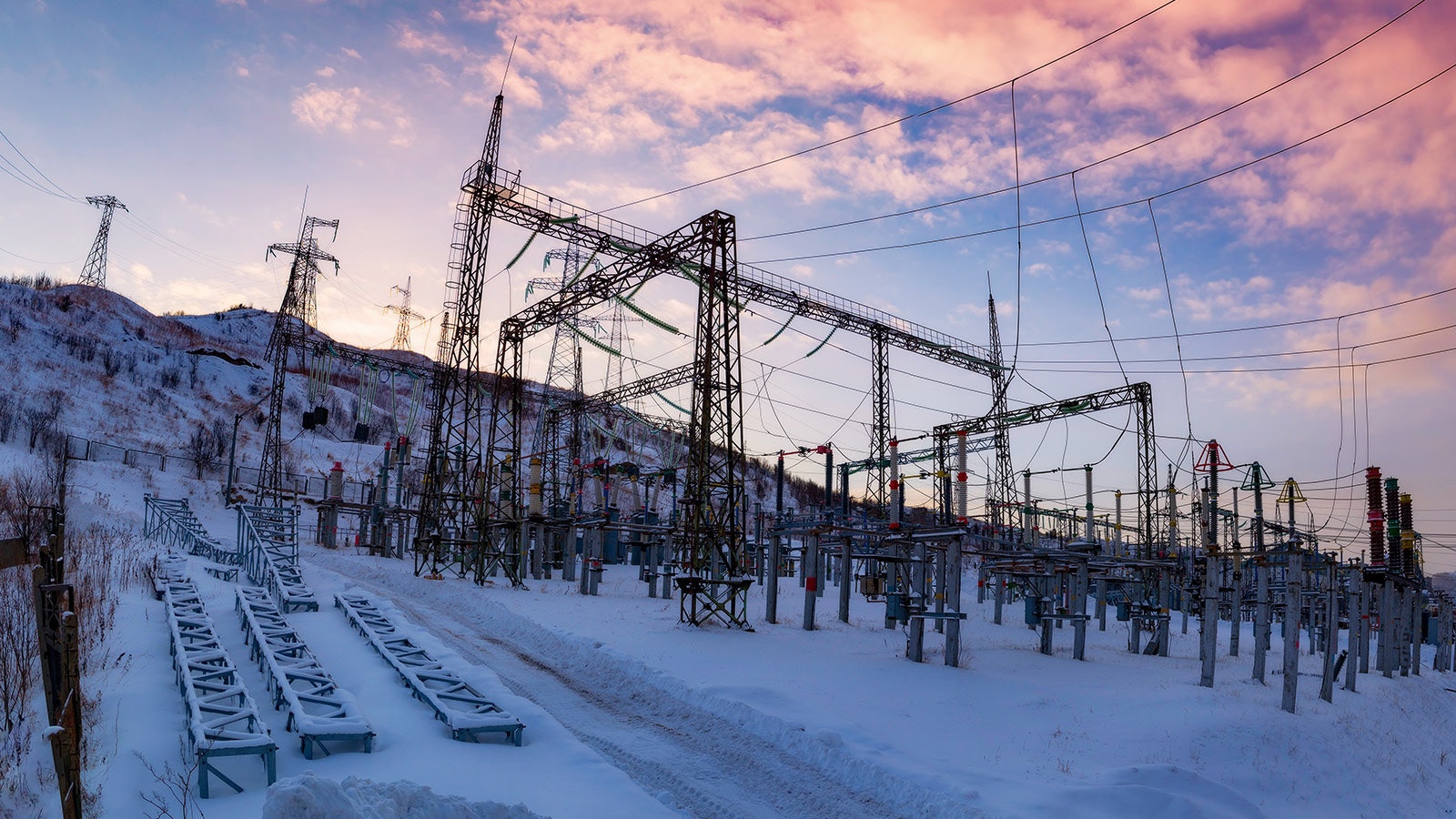Attacks at multiple U.S. electrical substations last month caused millions of dollars in damage and the loss of power to thousands of people and highlight how vulnerable electrical infrastructure is.
Companies and utilities that own the nation’s electrical infrastructure are taking the attacks seriously and doing what they can, but there are some practical limits to what can be done to protect facilities.
Increasing Frequency
Two people were arrested this week in connection with the Christmas Day attacks on four substations in Washington state.
According to a criminal complaint, one suspect cut chain link fences with bolt cutters and manipulated the substations’ “bank high side switch,” while the other acted as getaway driver.
The vandalism caused about 8,000 homes to lose power, the complaint says, adding that the pair were going to use the outages to commit a burglary.
Attacks on substations and other grid infrastructure are common, but an analysis by Politico using U.S. Department of Energy data shows that in the past four years, attacks have become more frequent. In 2018, there were 58 such attacks. Last year, there were 101 as of August.
Those figures won’t include firearms attacks on two substations in North Carolina last month, which killed power for 45,000 customers — some for days.
No arrests have been made in those attacks.
Varying Motives
While the motive for the Washington attacks is suspected to have been burglary, those arrested for attacks on other substations were motivated by political ideologies.
The Seattle Times reported that in 2019, Stephen Plato McRae, in a federal plea agreement, admitted to shooting up a Utah substation in 2016. According to a 2021 federal court decision, McRae wanted to bring attention to climate change.
In August 2021, five men discussed on neo-Nazi message boards their plans to destroy substations in the Pacific Northwest to create “general chaos” and to conduct assassinations to bring about a white ethno-state.
Law enforcement intervened before the attacks could be carried out.
While the attacks in North Carolina were rumored to have been carried out by right-wing extremists trying to disrupt a drag show, law enforcement has since said there’s no basis for those claims.
Needed Deterrents
Whatever the motives, substations and much of the U.S. grid infrastructure is isolated from populations and mostly unguarded, making them vulnerable to unsophisticated attacks.
And these attacks can cause big disruptions ion the lives of thousands of people.
“Electric infrastructure is everywhere,” Scott Aaronson, senior vice president for security and preparedness for the Edison Electric Institute, told Cowboy State Daily.
He said the recent arrests in Washington are key to protecting infrastructure.
“We need deterrents, and one of the best ways to deter is to demonstrate an attack on electrical infrastructure is never just vandalism,” Aaronson said. “It can have serious consequences to … communities. And we need to treat it accordingly.”
Defense In Depth
Aaronson said utilities need to protect infrastructure with a strategy called “defense in depth.”
One part of the strategy is not trying to expend too many resources protecting every facility.
“At some point, even with the best protection, a committed criminal or vandal or terrorist or what have you, is going to be able to impact that facility,” Aaronson said.
The idea with defense in depth is prioritization. That means beefing up security on the critical pieces and accepting you can’t protect everything all the time.
In North America, there are 55,000 transmission-level substations.
“If you have 55,000 priorities, you have zero priority,” Aaronson said.
Critical Priorities
Some facilities are more critical than others, and those are the ones that get ballistic shielding, more surveillance and patrols.
“There’s any number of techniques that the companies will use to protect those more critical facilities,” Aaronson said.
The other part of the equation is cost.
“We are providing a service to customers, and that service needs to be affordable. So when we start talking about putting extra layers of defenses around 55,000 facilities, you simply can’t put guns, gards and gates around all 55,000 of those,” Aaronson explained.
Even if it wasn’t expensive to encase every substation in concrete tombs with steel doors, Aaronson said electrical infrastructure needs airflow to prevent overheating.
Along with the structure would be a cooling system, and the bill starts to skyrocket.
Inflection Point
In April 2013, someone got into an underground vault and cut telephone cables near a transmission substation in Coyote, California.
About an hour later, multiple snipers opened fire on a nearby electrical substation, firing away for 19 minutes. They deliberately targeted 17 giant transformers.
By the time a patrol car arrived, the shooters were gone.
No one has ever been arrested in the attack, but Aaronson said it was “an inflection point for the industry.”
After that, companies started to build relationships with law enforcement agencies and inform them what facilities are considered critical infrastructure, what to look for and what to be aware of. Regulations were developed for surveillance, no-climb fences and other measures to help protect those key facilities.
“So, you’ve seen a really big shift in the last decade or so in not just how electric companies work together to protect their systems, but also how they’re working with local law enforcement, and some of the regulatory requirements that we now have,” Aaronson said.





